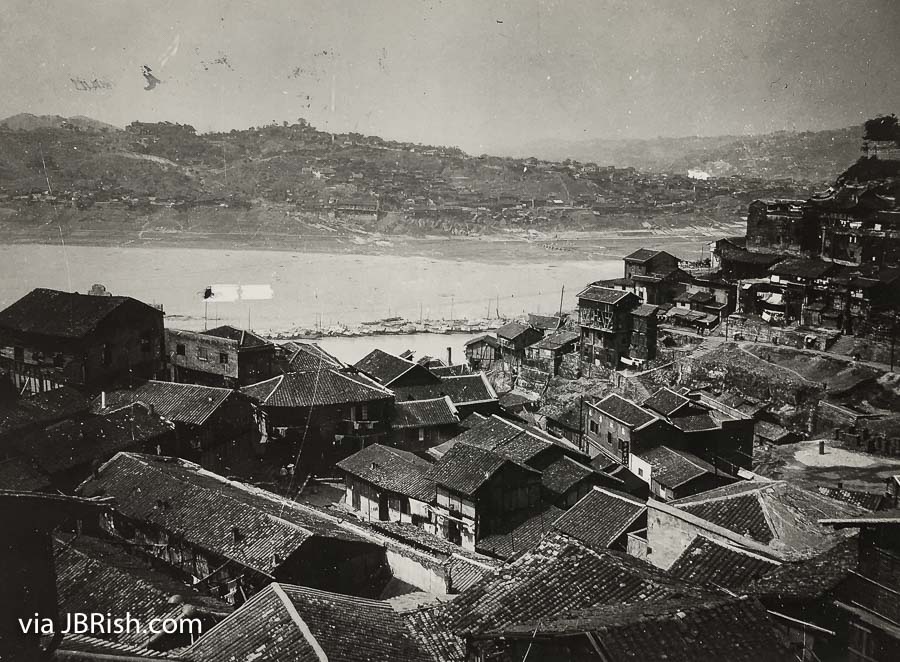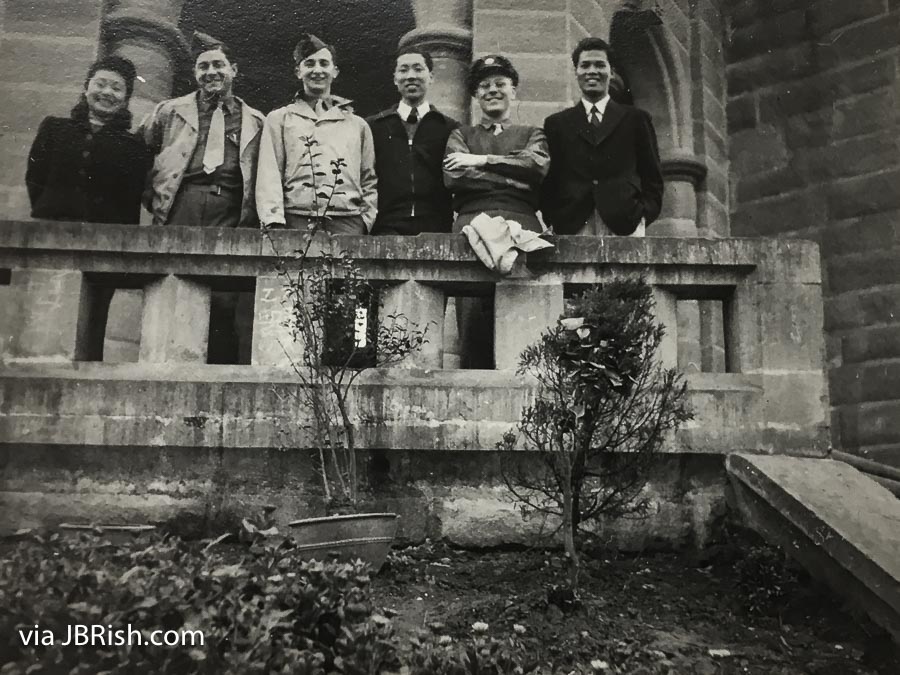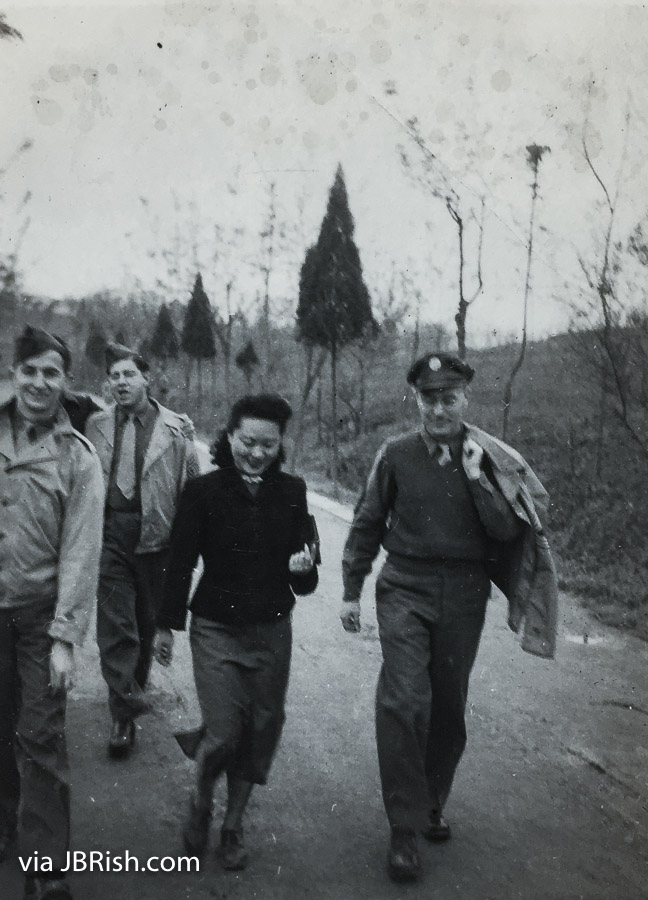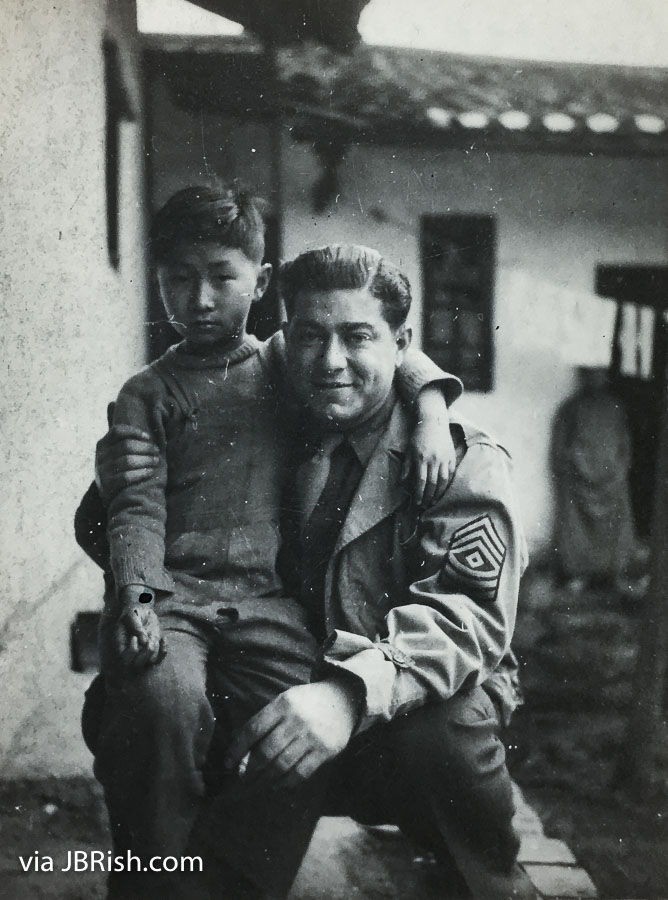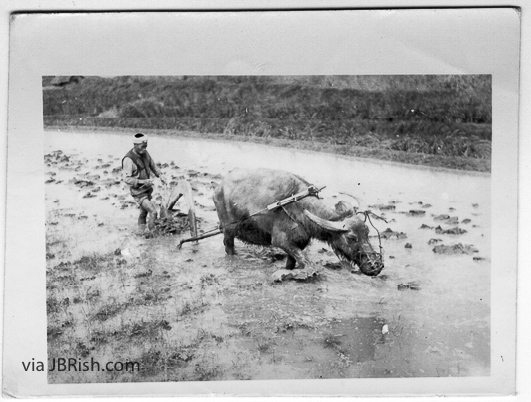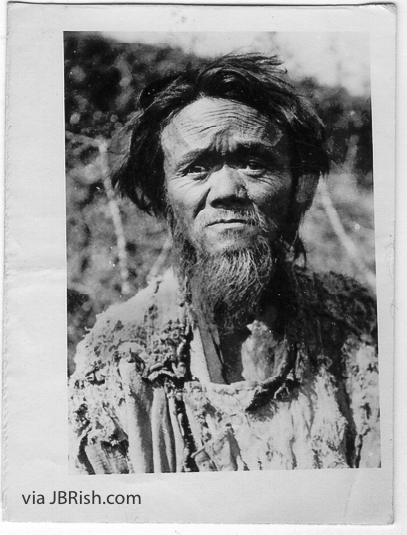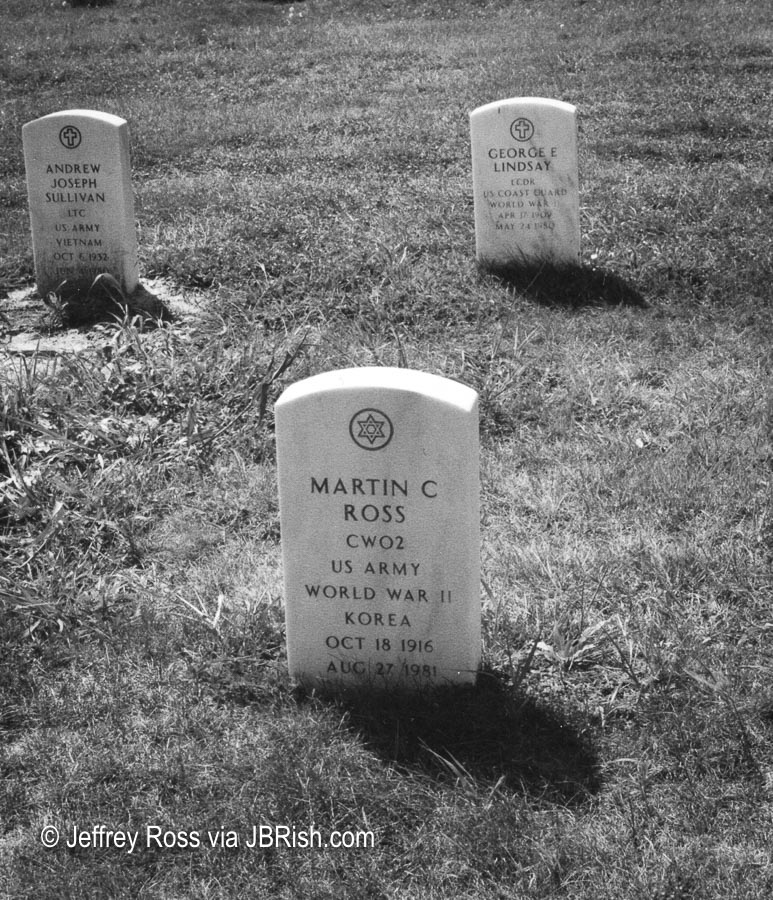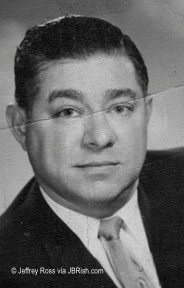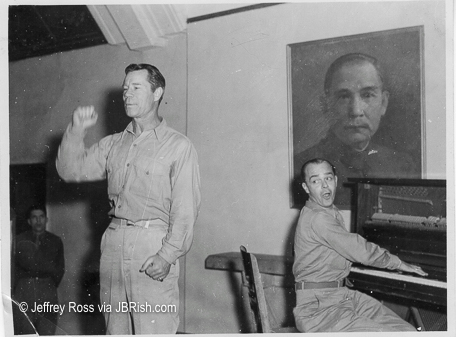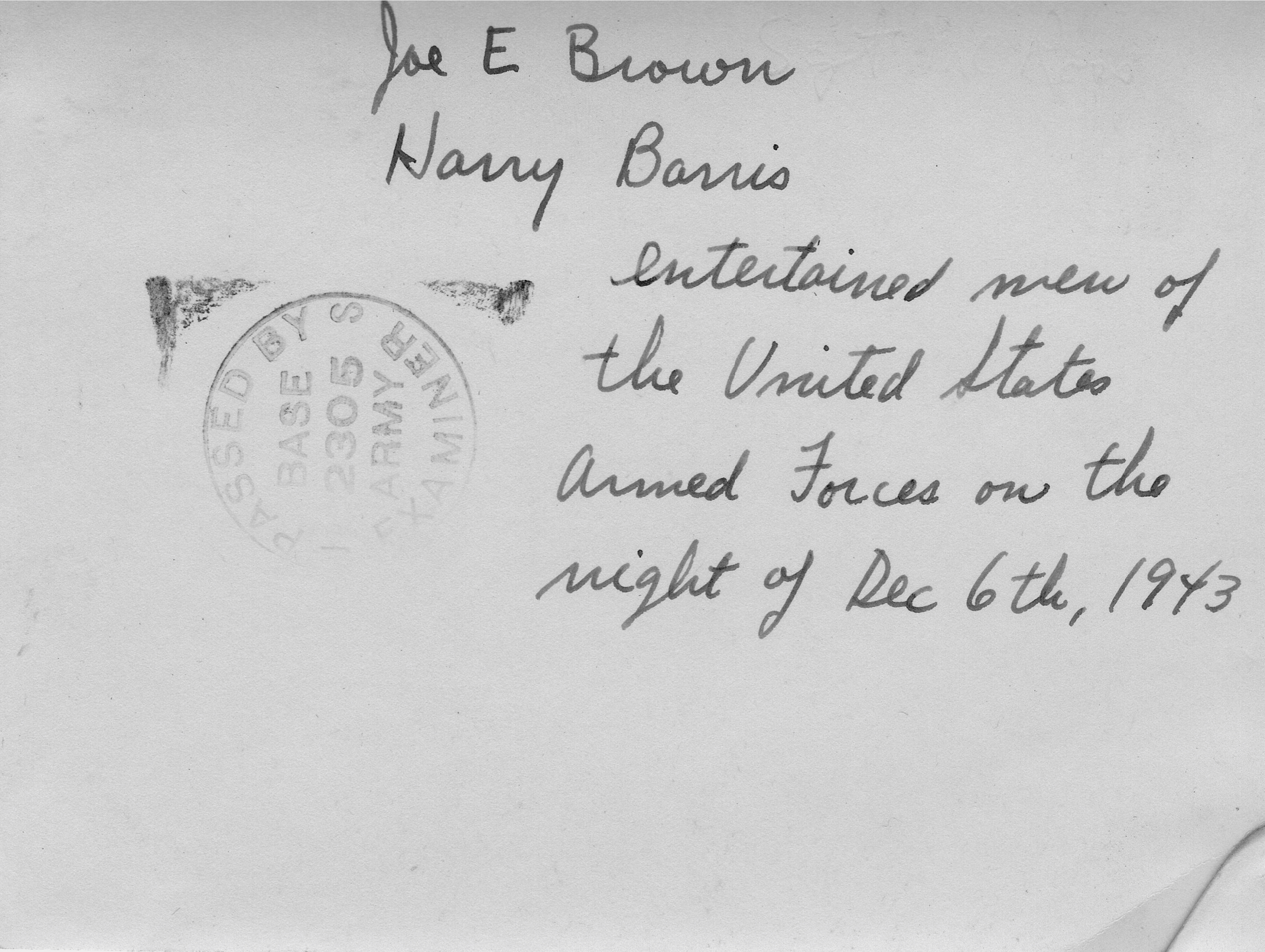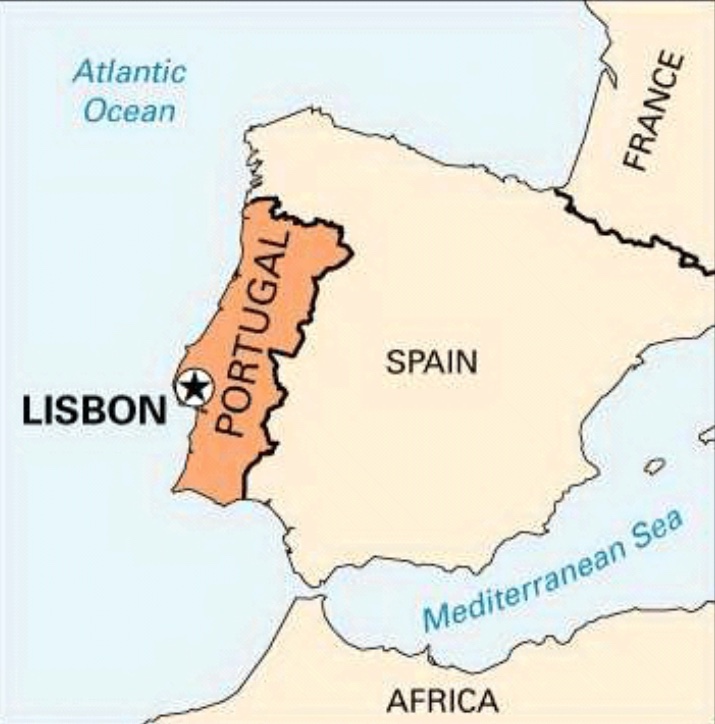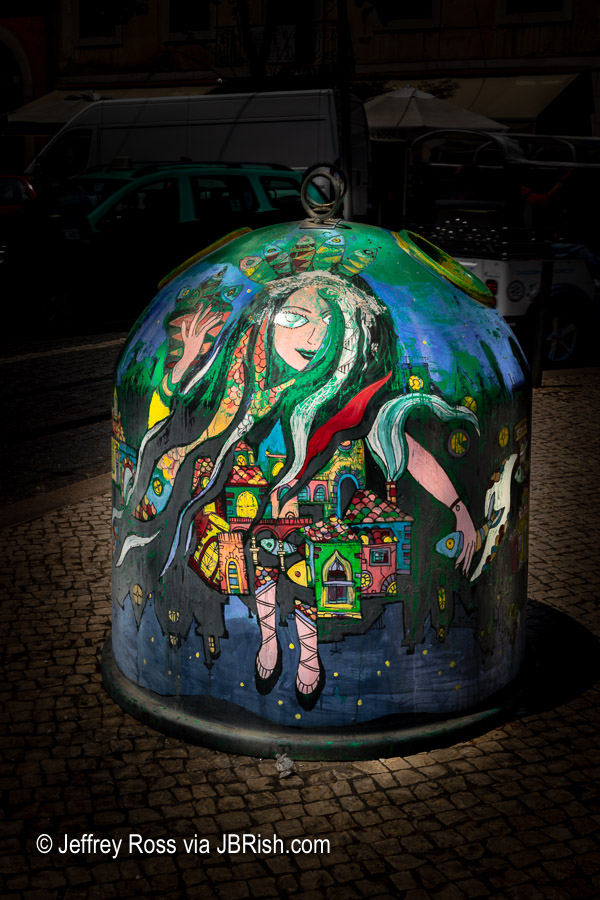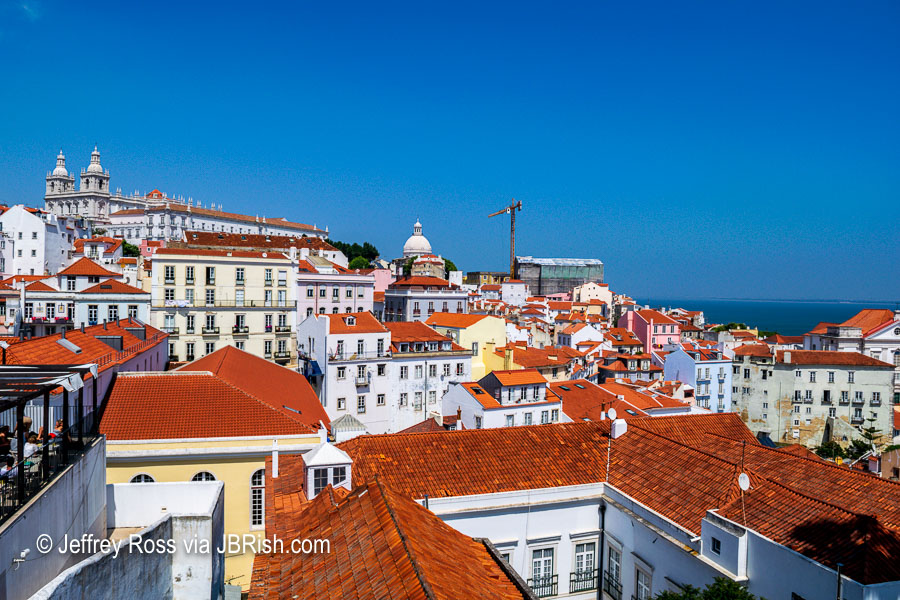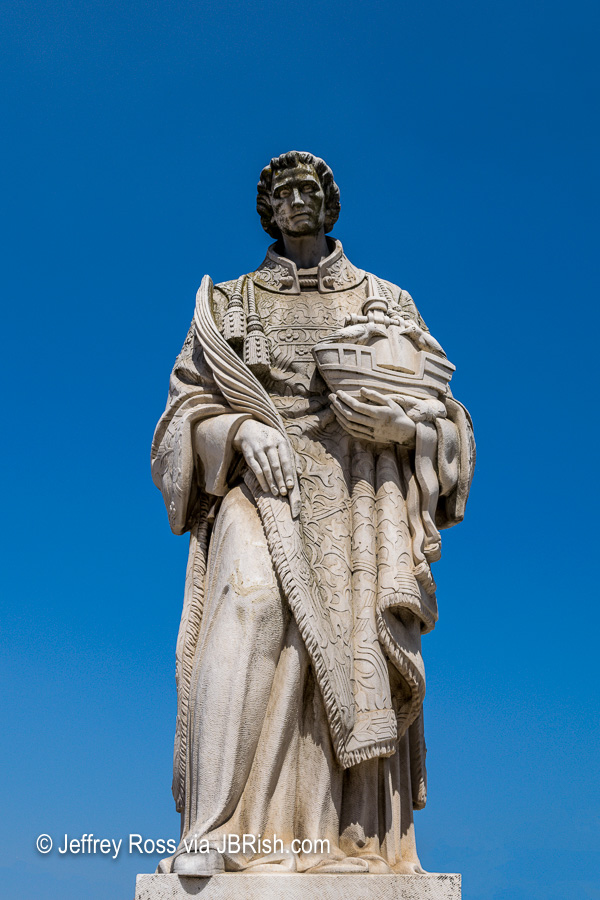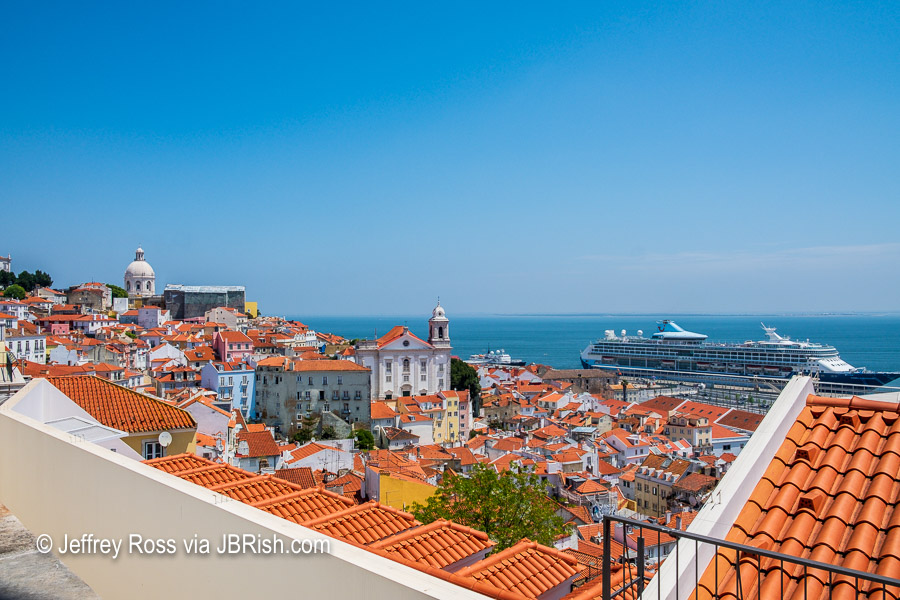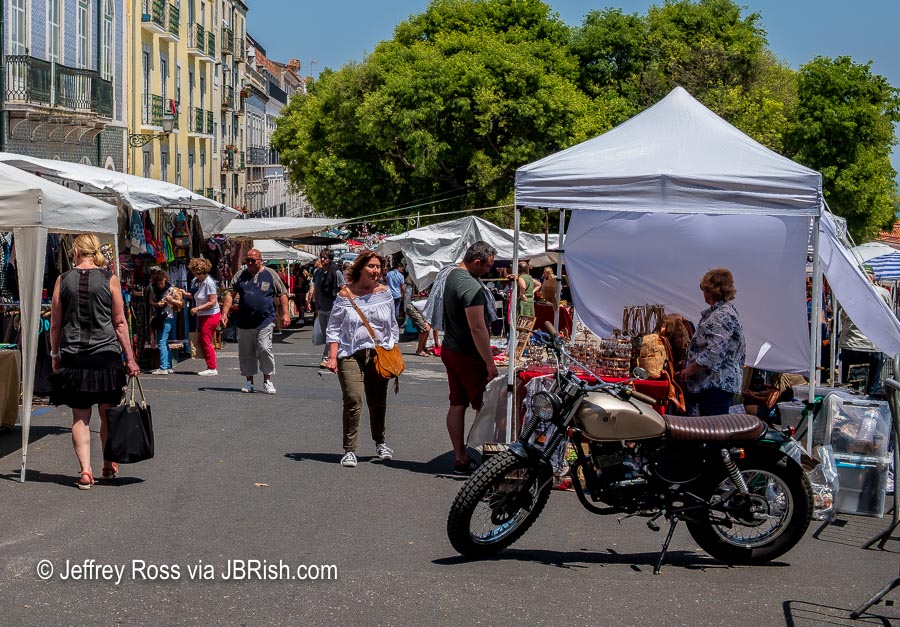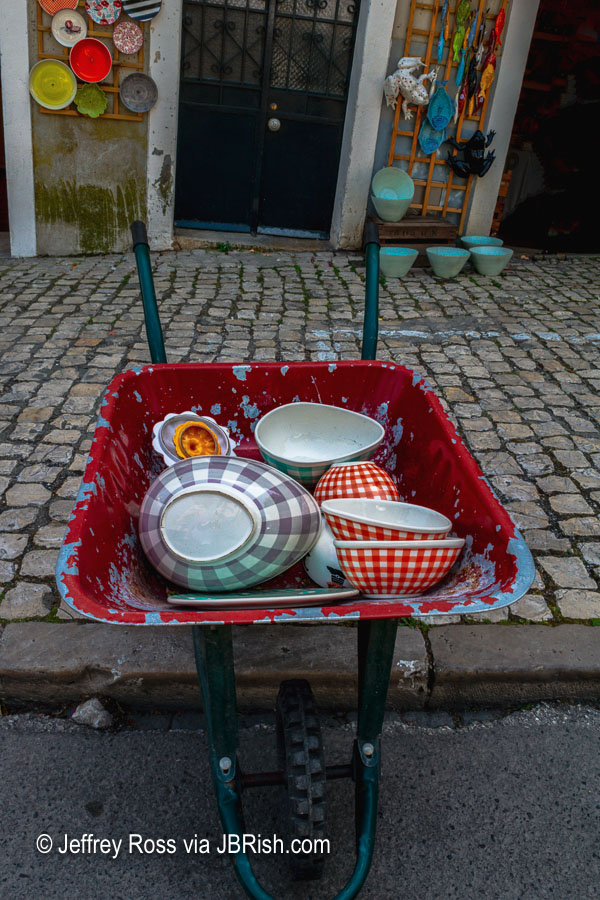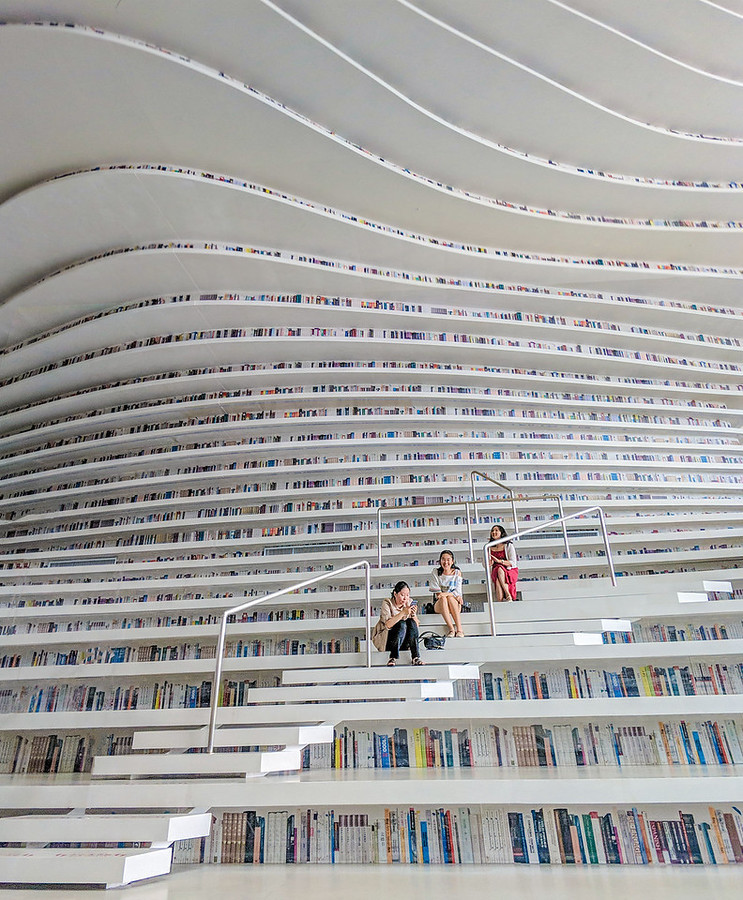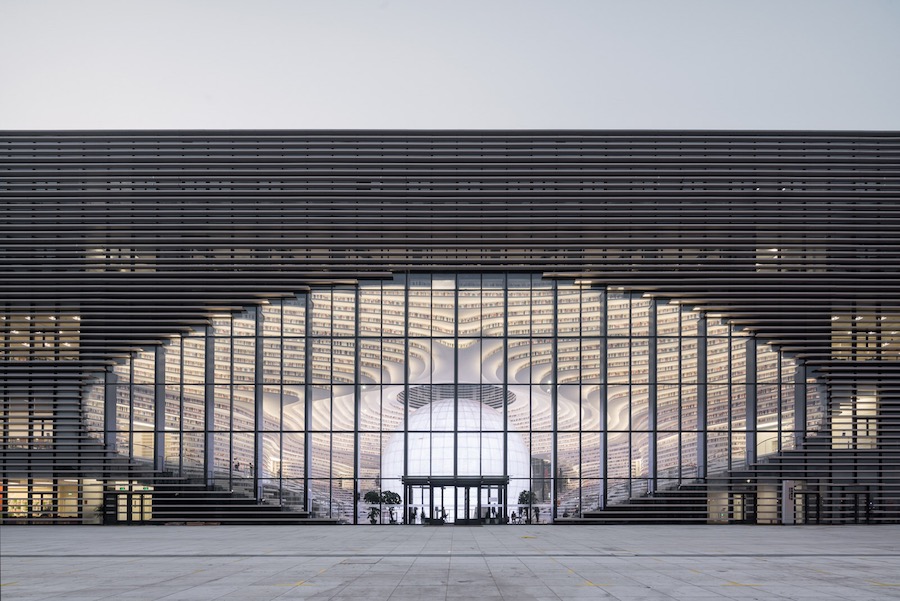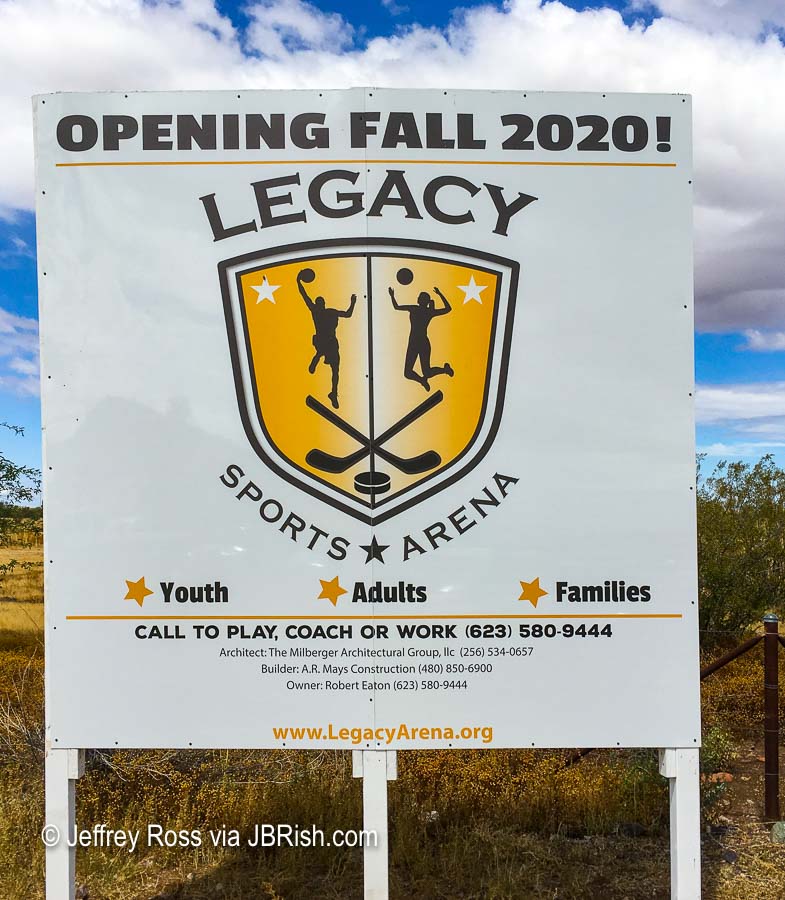
New ground has recently been broken in North Phoenix, both figuratively and literally. Just a short distance from the intersection of I-17 and Route 303, construction of the Legacy Sports Arena has begun as part of the Gateway Community.
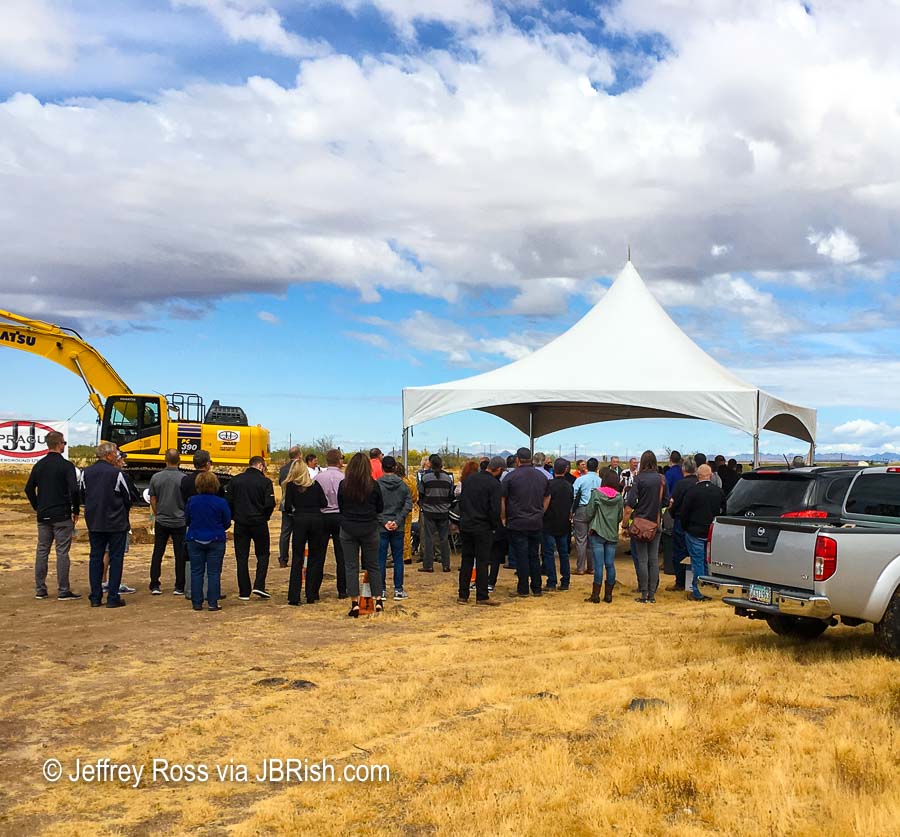
Cave Creek resident Robert Eaton and his team are working hard to complete an ambitious and profoundly different sports facility with an anticipated opening scheduled for the Fall of 2020. The plans call for two NHL-sized hockey rinks with the latest LED technology employed via glass flooring that can provide lighted boundary lines for basketball courts, dodgeball, soccer, lacrosse and for the fastest growing sport in the United States and Canada…a dozen pickleball courts!
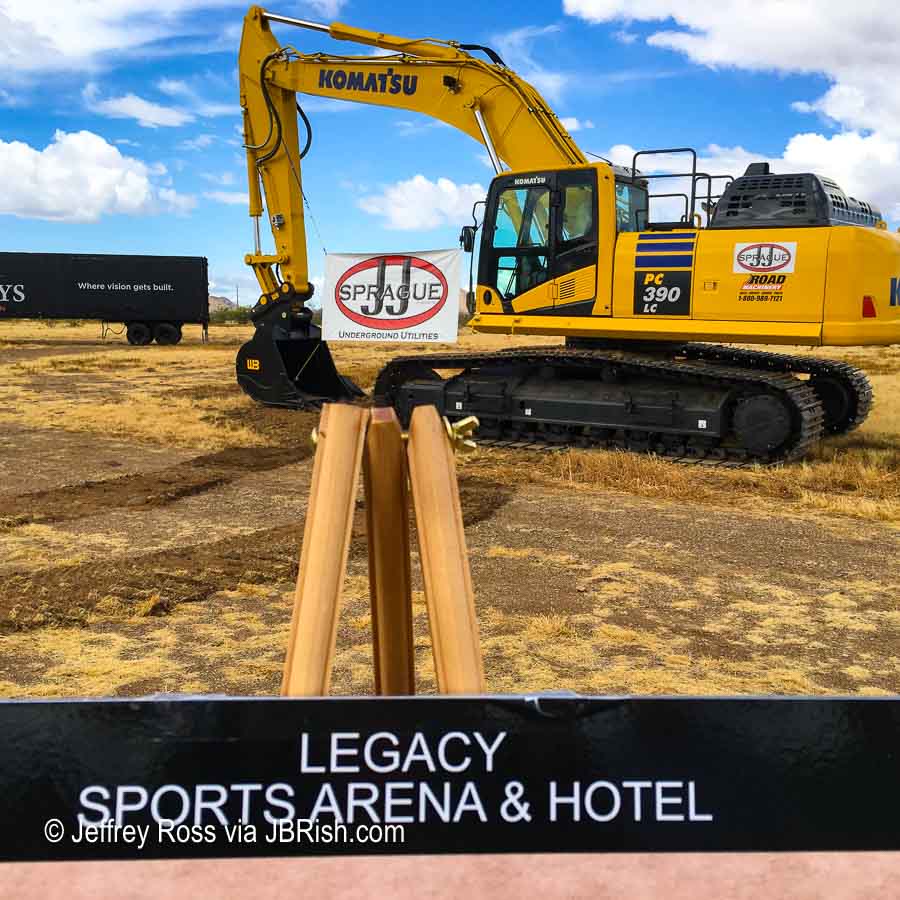
As Rob pointed out during the groundbreaking ceremony, the name Legacy is a tribute to families and family traditions. The name also acknowledges the contributions of active and veteran military members and first-responders and the playing surfaces will be named to honor them.

The design was developed to bring the best experiences to both players and sports fans via open space viewing throughout the facility. The arena will incorporate some of the latest developments in green energy with both passive and active low-energy designs part of which will include rooftop solar panels generating electricity year round.
The Legacy Sports Arena portends to be one of the nicest sports facilities in the area and perhaps nation-wide with a restaurant, gymnasium, concession venue, artificial ice rink and other sports resources upstairs.

The Legacy sports building would be innovative as a stand alone project, but Rob Eaton and the designers had more than that in mind when they created a vision for a destination facility. Hoping to attract tournament play, conventions, family vacationers and special events, in addition to the 170,000+ square foot sports arena, there will also be a hotel conceived specifically for players and spectators.

The lodging will incorporate larger team rooms and special amenities via available suites for team members as well as rooms for sports oriented families and guests.
Everyone who enjoys watching or playing sports should be excited about the future of the Legacy Sports Project. Congratulations to everyone involved for creating such a strong vision that will provide wonderful opportunities for the Phoenix metropolitan area.
Best wishes for much success!
Follow the News and Development of Legacy Sports Arena
View the Sports and Target Age Groups
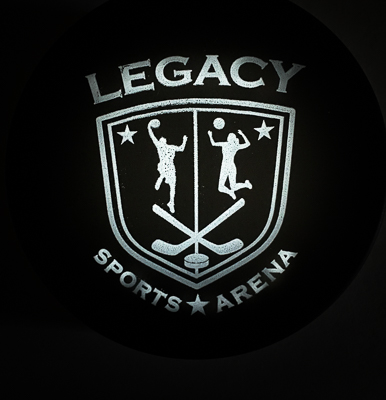
Read more miscellaneous stories on JBRish HERE
**********
All original content on this blog is copyrighted by Jeffrey B. Ross with ALL Rights Reserved. While reference links back to JBRish.com are appreciated and encouraged, please acquire approval for any reproduction of original content from this website.
©Jeffrey B. Ross 2014 – 2019 – JBRish.com
